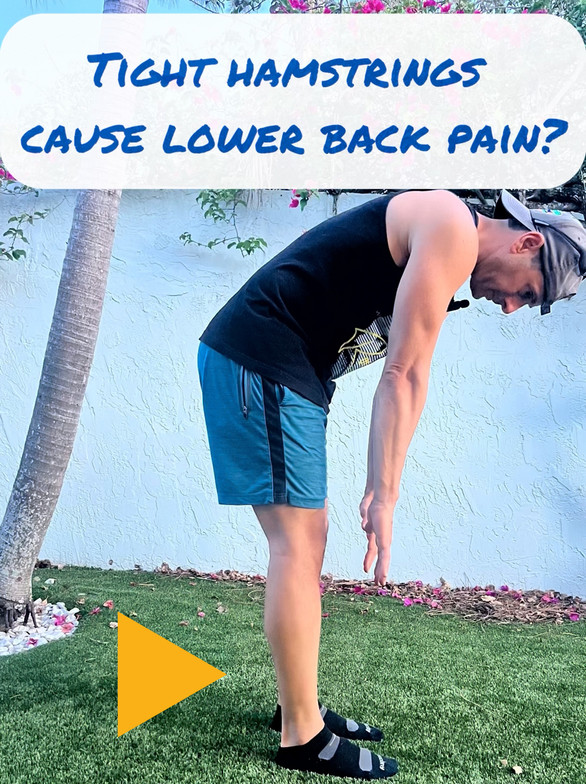
It’s a question that comes up often in both fitness and rehab settings: can tight hamstrings really be the reason for lower back pain? The popular theory is that when your hamstrings are tight, they pull your pelvis into a posterior tilt. This altered pelvic position can place extra strain on the lower back, potentially leading to discomfort or pain. While this explanation can be true in certain cases, the reality is more nuanced.
Research suggests that blaming tight hamstrings alone — and trying to “fix” the issue with endless stretching — isn’t always effective. In many situations, tight hamstrings aren’t the root cause but rather a symptom of something else going on. In fact, they can be a protective response to irritation in the lower back. When your back is dealing with repetitive stress, prolonged sitting, or poor posture, your body may tighten the hamstrings to limit movement and prevent further strain on sensitive structures.
This means that aggressively stretching tight hamstrings without addressing the underlying cause might not only be ineffective — it could also remove a protective mechanism your body is relying on. Instead, a more comprehensive approach works best. That includes improving hip mobility, strengthening your core, and incorporating movement breaks throughout your day to avoid staying in one position for too long.
So, are tight hamstrings the cause of lower back pain? Sometimes. But more often, they’re part of a bigger picture. Understanding that connection is key to creating a treatment plan that doesn’t just chase symptoms but addresses the real source of discomfort.
Bottom line: Don’t just stretch — assess, strengthen, and move smarter. Your back will thank you.

Dr. Steve Muscari
Contact Me

.jpg)


